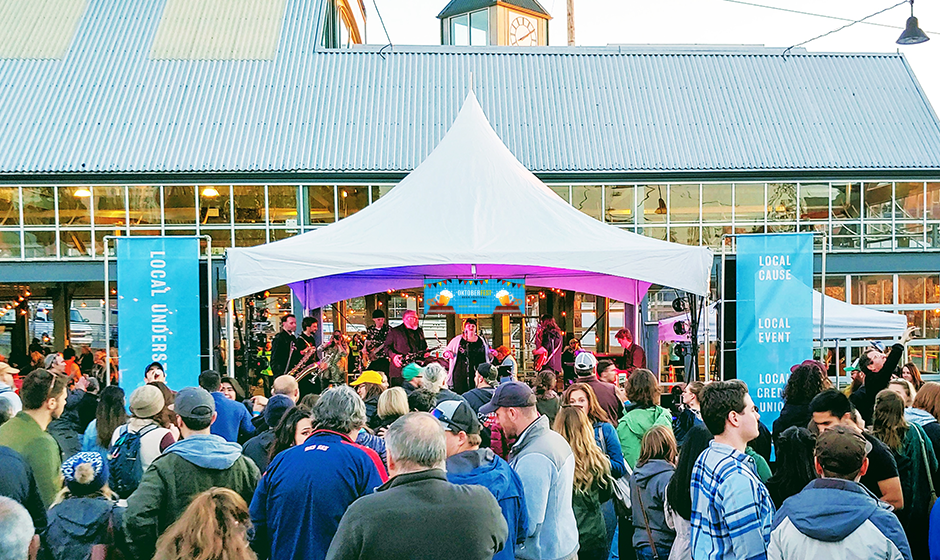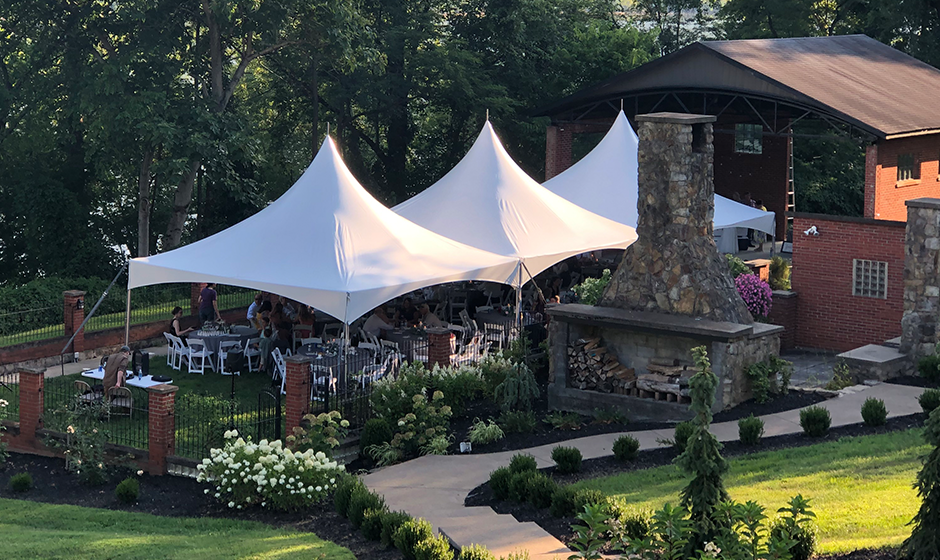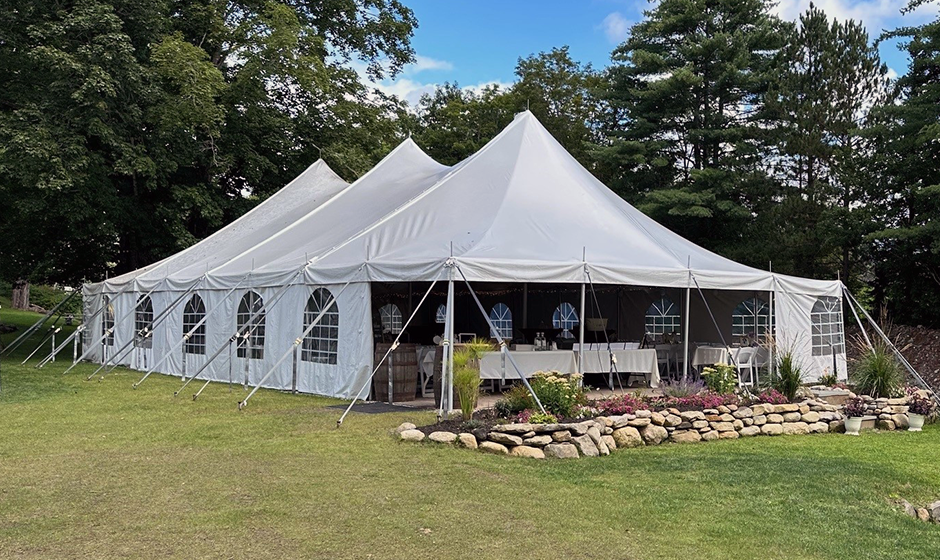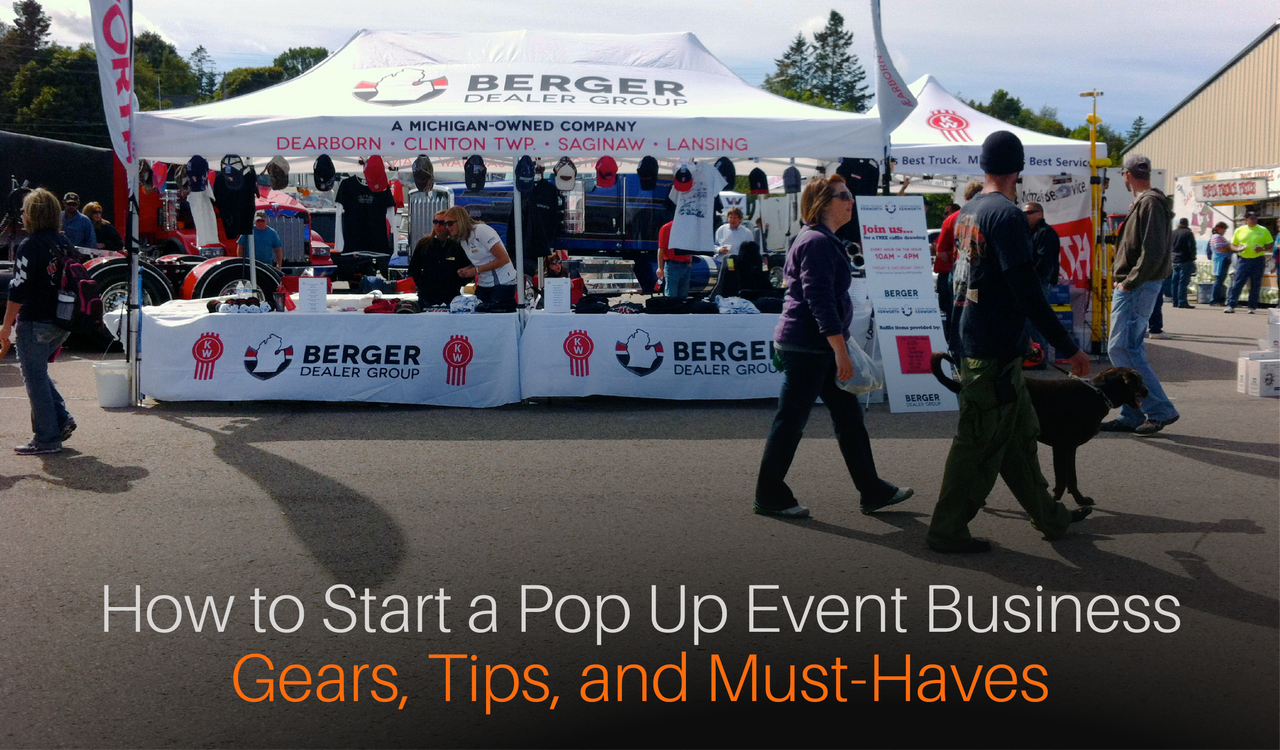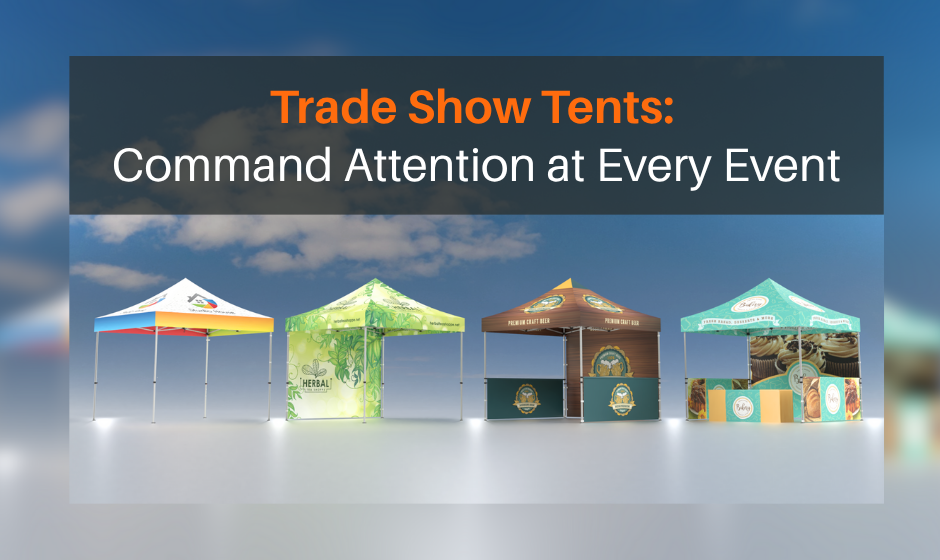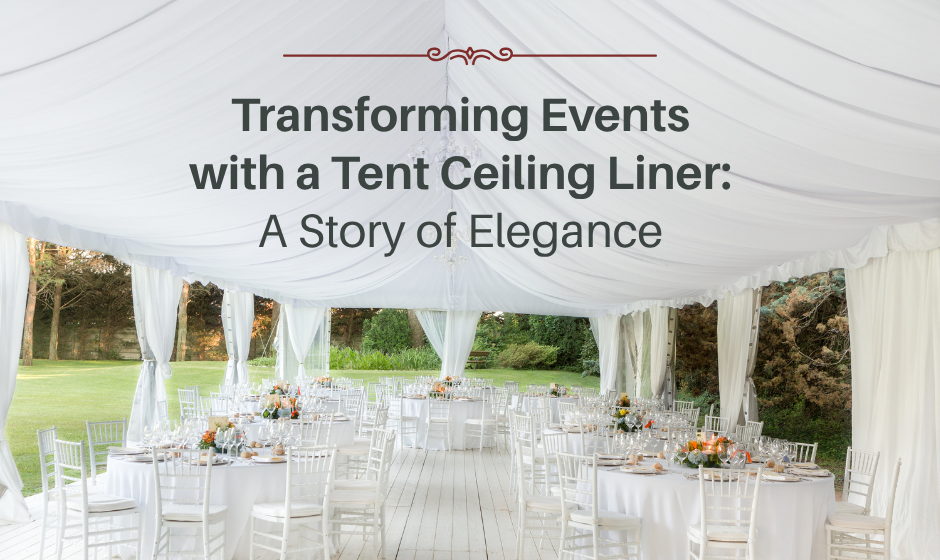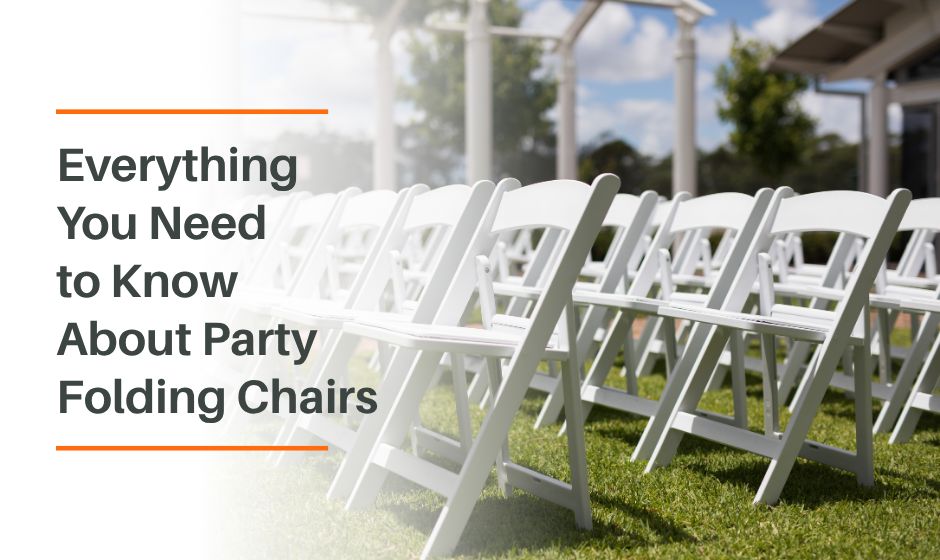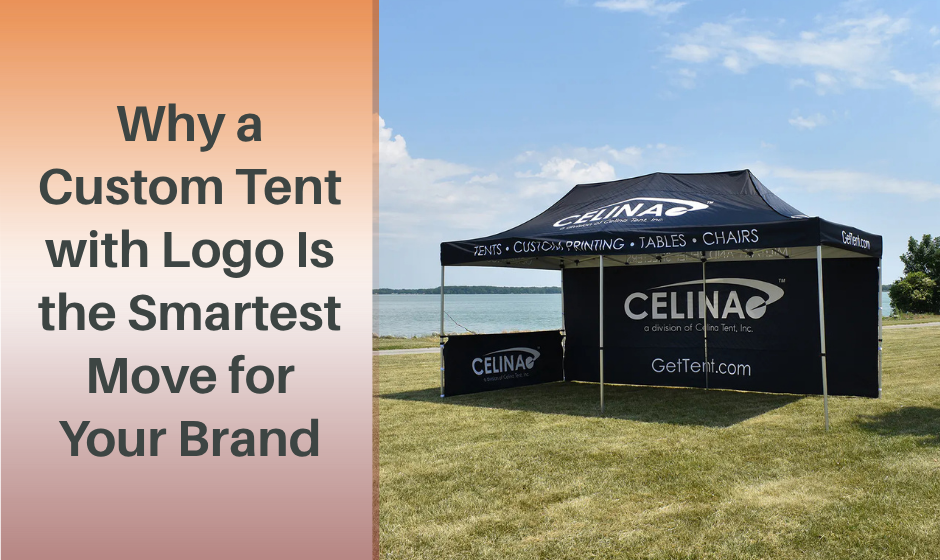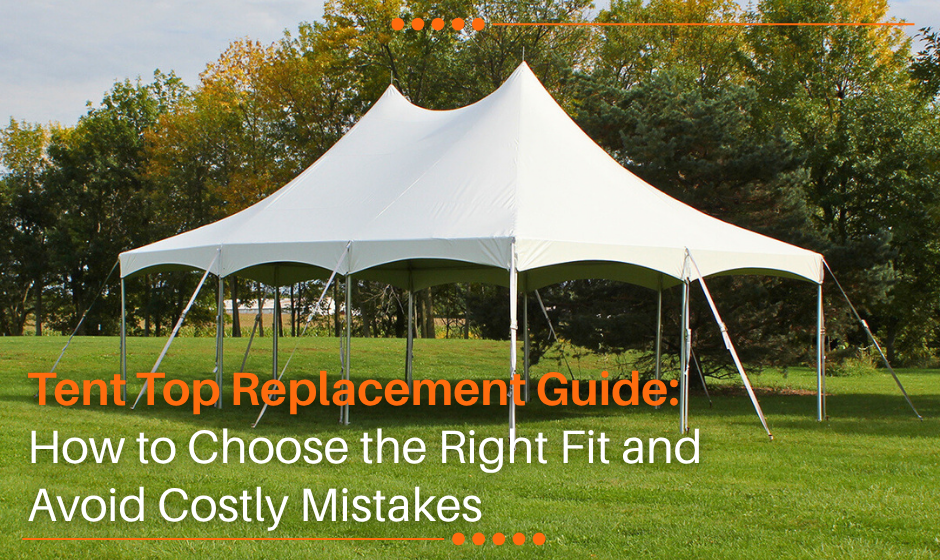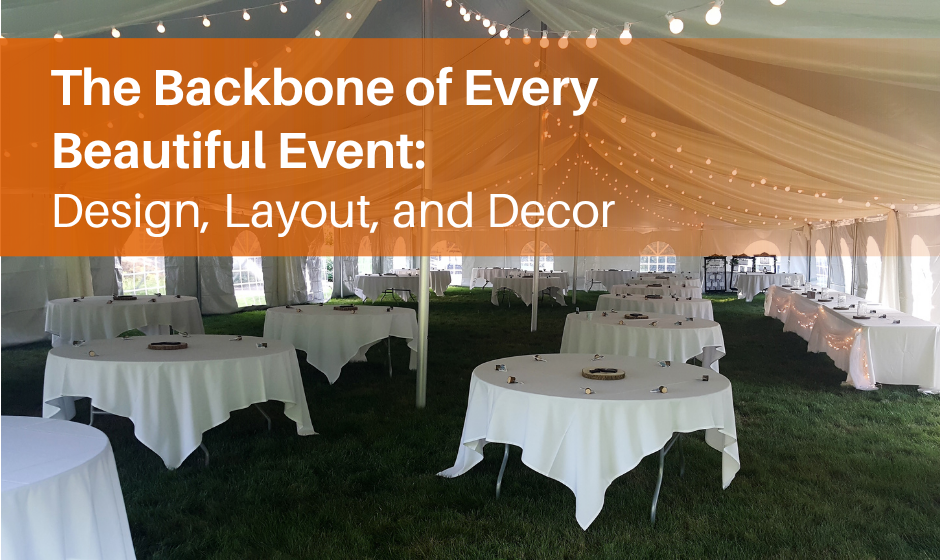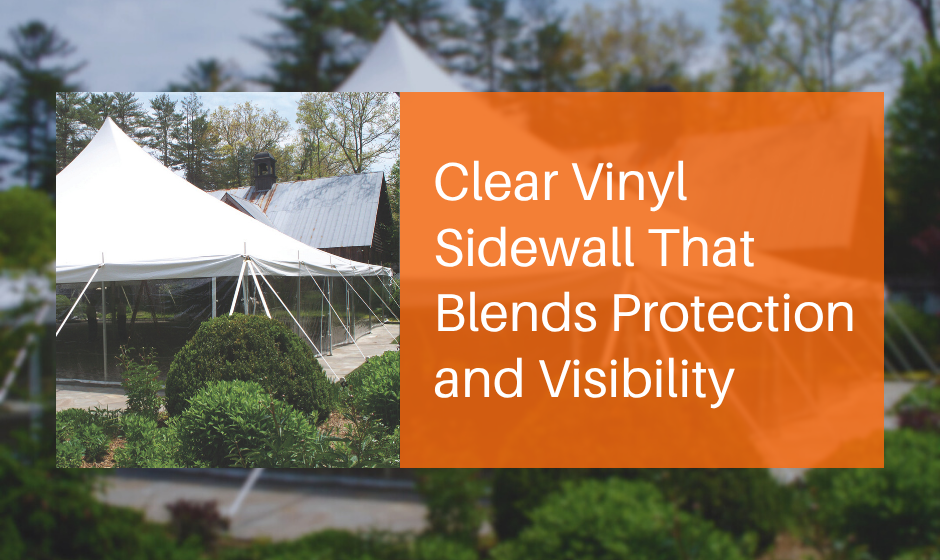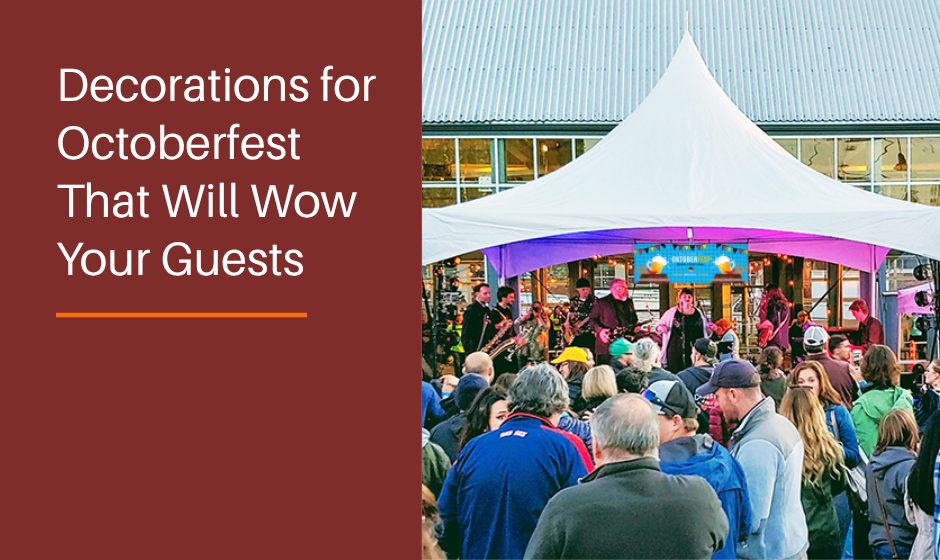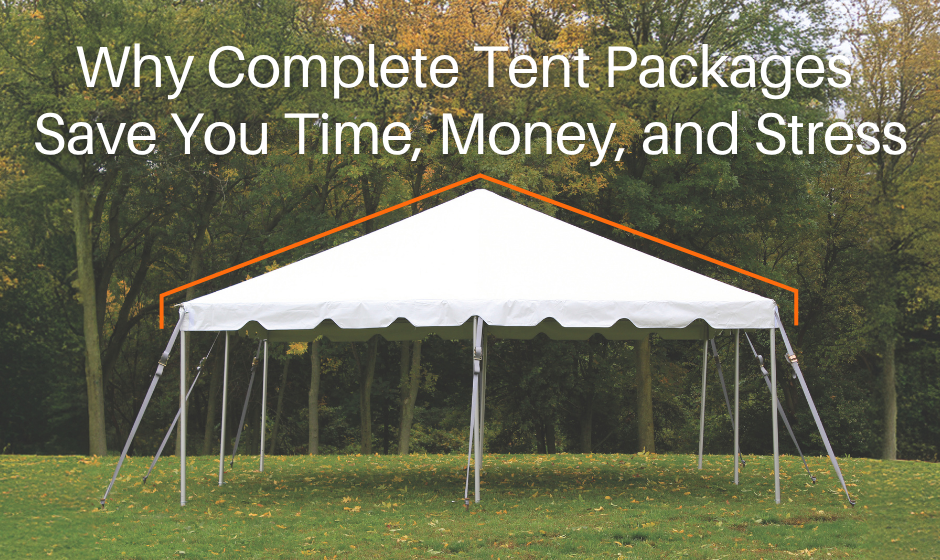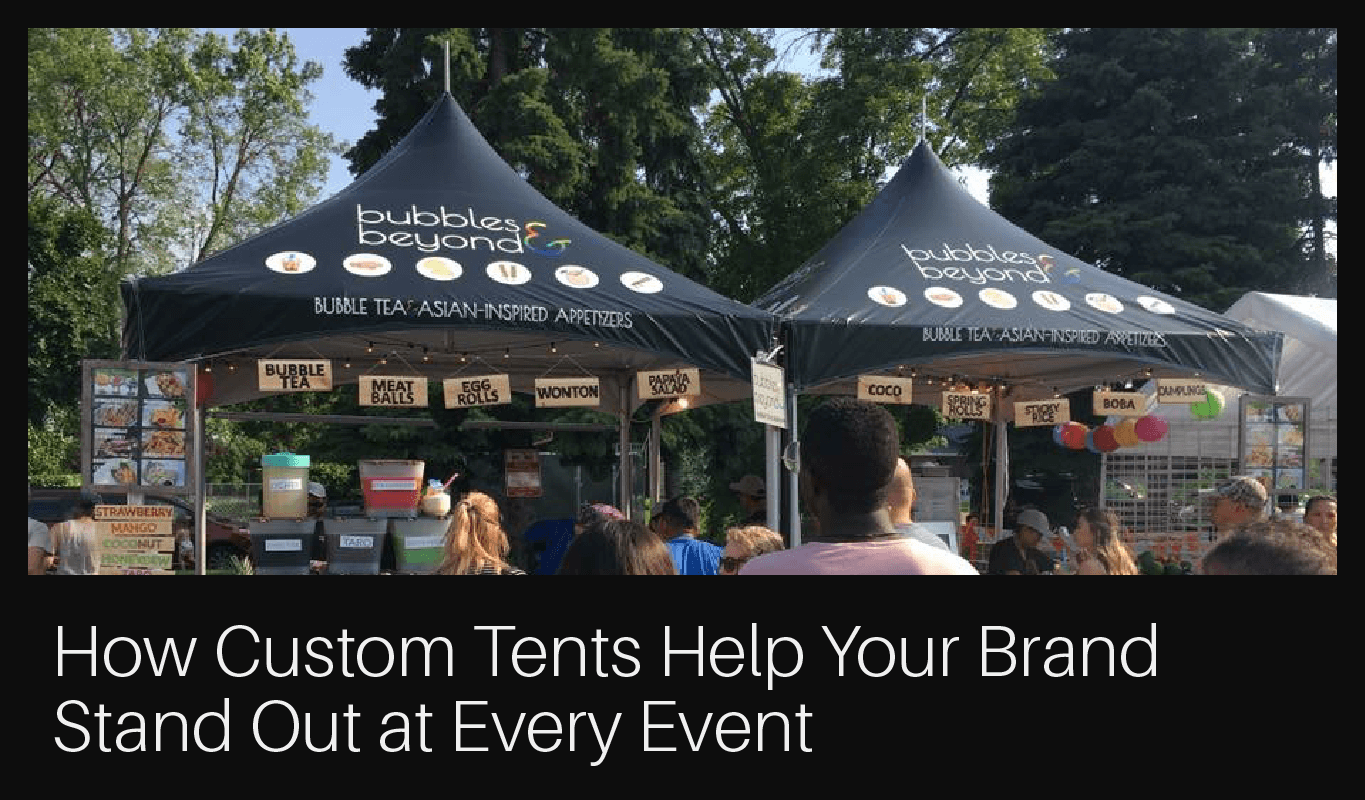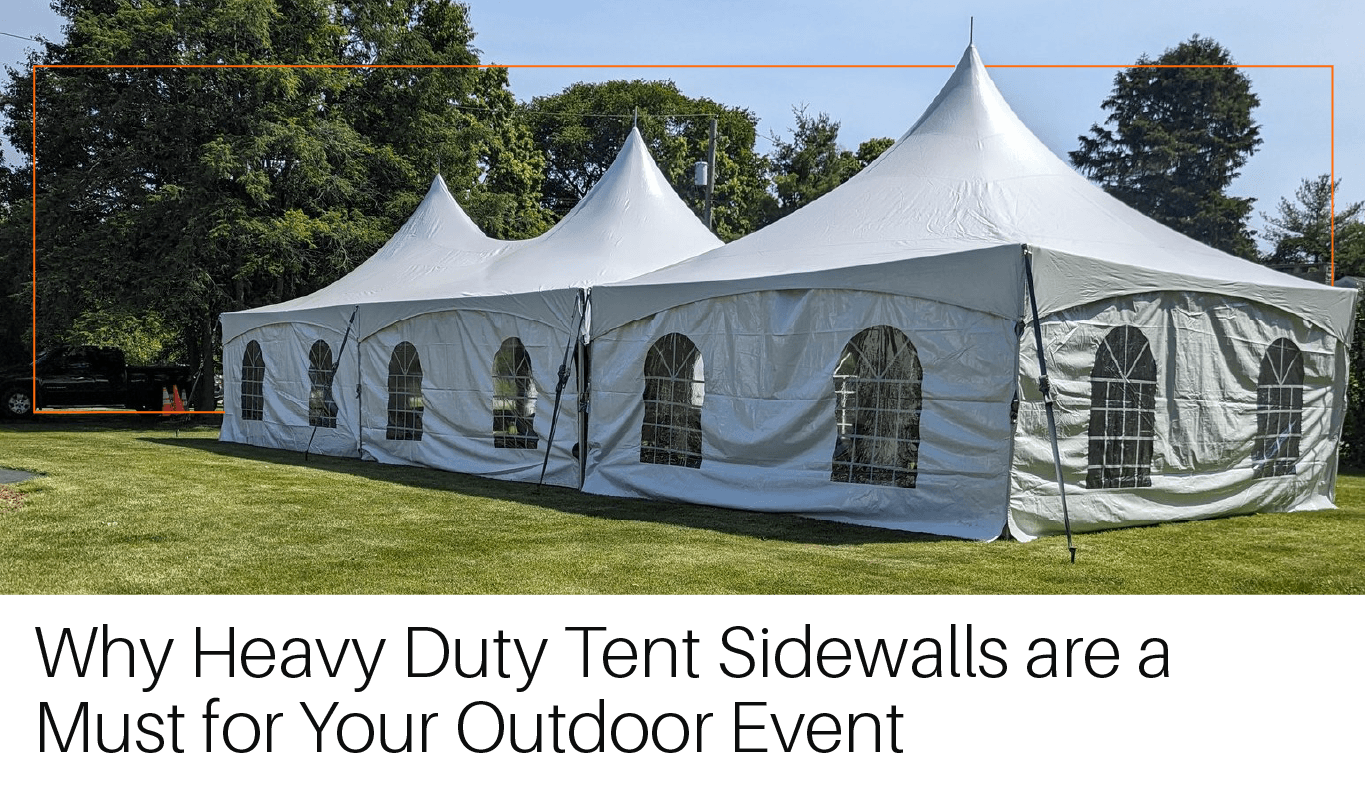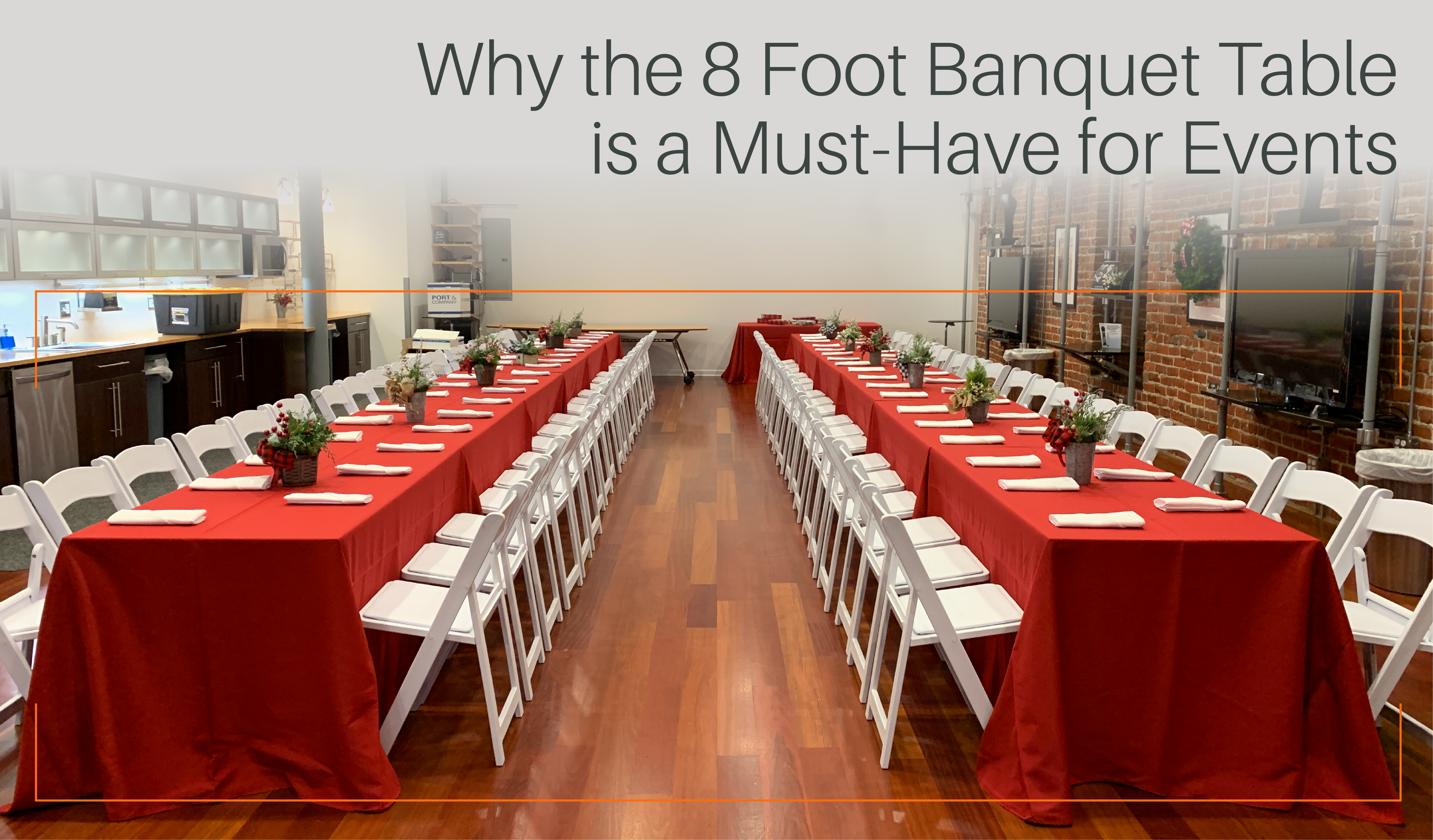How to Start a Pop Up Event Business: Gear, Tips, and Must-Haves
If you’re launching a pop up event business, you’re stepping into one of the most dynamic and creative corners of the event world. Whether it’s a brand activation, food truck festival, wedding reception, or street market stall, you have the opportunity to build something memorable with mobility, flexibility, and flair.
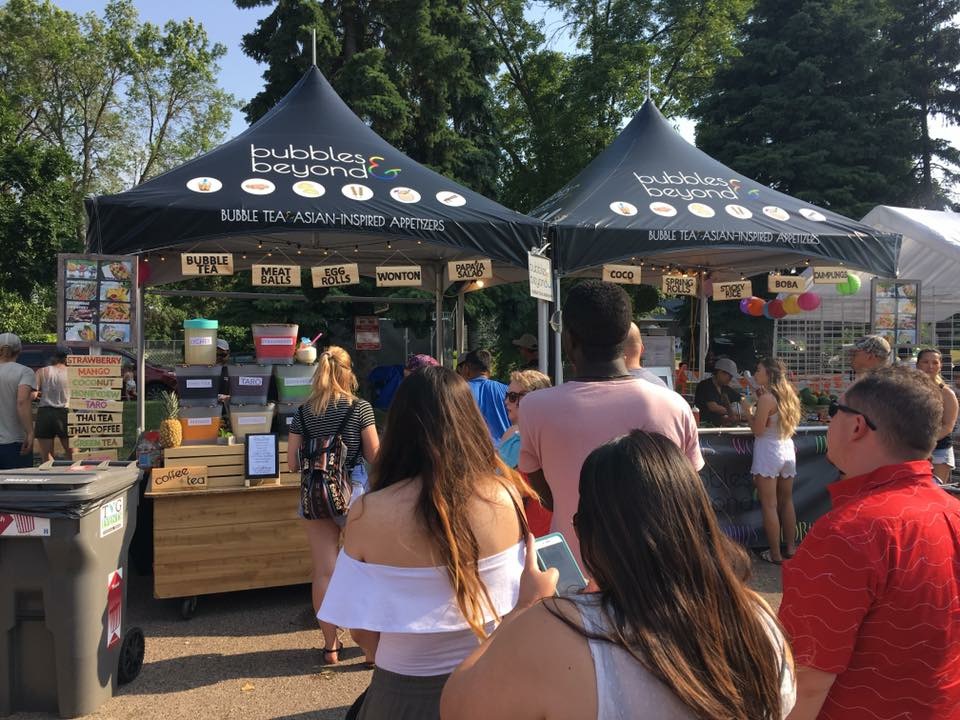
Here’s a step-by-step guide to help you get started—with the right gear, game plan, and insights for long-term success.
1. Understand What Makes Pop Up Events Different
Before investing in tents or marketing, get clear on why pop up events have taken off:
- Temporary & Agile: Events can launch in days instead of months, and locations can change quickly.
- Low Overhead: Without a permanent venue, you’ll face lower costs and fewer permitting challenges.
- Location Versatility: Rooftops, parks, vacant lots—pop ups transform unconventional spaces into unforgettable settings.
- Built-in Buzz: Guests love sharing exclusive, time-sensitive events; shareability is built in.
2. Choose Your Niche
Pop ups cover every type of experience under the sun. To stand out, define your niche early:
- Food & Beverage: Coffee bars, tasting events, mobile wine pop ups
- Retail & Brand Launches: Product reveals or immersive commerce experiences
- Art & Culture: Live music, street art installations, community showcases
- Private Events: Weddings, micro-parties, curated dinners
Your focus will guide your gear, location, marketing, and brand identity.
3. Build Your Core Gear Kit
Portability and speed are everything. Invest in gear that’s modular, durable, and quick to deploy:
- Tents/Structures: 10x10 or 10x20 pop up canopies, frame tents, or high-peak tents for larger events
- Tables & Chairs: Folding tables, resin or padded chairs
- Sidewalls & Liners: Solid, mesh, or window walls; liners for polished interiors
- Lighting & Décor: String lights, lanterns, or battery-powered fixtures
- Flooring & Accessories: Interlocking tiles, tent weights, and branded signage
- Transport & Setup Tools: Dollies, carts, stakes, ratchet straps, or tent jacks
Buy once, use often. Modular gear makes setups faster and events more consistent.
4. Plan Your Layouts in Advance
Efficiency is everything on-site. Use pre-made layout templates to streamline installations:
- Map out tent placement, table arrangements, and power drops
- Laminate templates or store them digitally for crews to reference
- Create versions for small, medium, or large footprints
Repeatable setups mean fewer errors and faster execution.
5. Brand Your Setup
Pop ups are visual storytelling in action. Branding matters:
- Branded canopies or flags for visibility
- Printed sidewalls with logos, QR codes, or messages
- Table coverings and collateral that match your color palette
Your setup should look intentional, cohesive, and photo-ready—even if it’s only up for a few hours.
CELINA Team Insight: A professional, branded setup not only attracts more guests—it boosts trust and memorability, turning a single pop up into lasting exposure.
6. Scout Locations & Handle Permits
Location is half the magic. But logistics matter too:
- Secure proper permits and insurance for public or private spaces
- Confirm electrical access, Wi-Fi availability, and setup/breakdown windows
- Build relationships with property managers and city officials early
A good location with the right permissions makes future events easier to plan and replicate.
7. Build a Team That Moves Fast
Your setup is only as good as your team:
- Train your crew in layouts, safety, and equipment handling
- Assign roles: setup lead, equipment handler, guest liaison, teardown captain
- Emphasize speed, coordination, and safe anchoring—especially in windy conditions
With the right system, you can go from empty lot to operational in under an hour.
8. Market with Urgency
Pop up success thrives on “now or never” energy:
- Use phrases like limited time or one day only to build excitement
- Post live content during setup to attract real-time traffic
- Promote RSVPs on social with exclusivity and limited access
Scarcity drives engagement, attendance, and shares.
9. Post-Event Strategy
Don’t just pack up and disappear. Post-event follow-through builds long-term growth:
- Inspect, clean, and organize your gear after teardown
- Store branding kits by type for faster redeployment
- Collect attendee feedback via email or social
- Post event recaps to maintain visibility
Each event teaches you something. Capture insights, improve, and scale.
10. Scale, Iterate, Repeat
The more you do, the better your business gets. Ask yourself:
- Which gear gave us the best ROI?
- What layout saved the most time?
- Can this setup be reused for future markets or festivals?
- Which season, city, or client delivered the biggest win?
Refine your kit, trim inefficiencies, and reinvest in what works.
Putting It All Together
A pop up event business blends gear, logistics, and brand into one mobile experience. With the right tent, tables, lighting, branding, and team, you can deliver high-impact events—anytime, anywhere.
You’re not just setting up a space—you’re creating a moment. From street markets to brand activations, pop up events let you show up fast, look sharp, and make lasting impressions.
Ready to build your first pop up kit—or upgrade what you’ve got? Browse Celina’s curated lineup of tents, tables, chairs, branding panels, sidewalls, and essential gear. Start smart. Scale fast. Create events that pop.
FAQ: Starting a Pop Up Event Business
What do I need to start a pop up event business?
Begin with portable essentials: pop up tents, folding tables, chairs, lighting, and signage. Add branding materials and setup tools like stakes, straps, and carts. Modular gear saves time and makes every installation consistent and professional.
What kind of tent is best for pop up events?
10x10 or 10x20 pop up canopies are ideal for quick installs. For upscale or larger setups, high-peak or frame tents offer durability and visual impact. CELINA’s commercial-grade options handle both small activations and full-scale outdoor events.
Do I need permits for a pop up event?
Yes—especially for public spaces. Check with local authorities about event permits, insurance, and fire safety requirements. Private lots often require written approval from property owners before setup.
How can I make my pop up stand out?
Strong branding and storytelling make all the difference. Use printed canopies, banners, and cohesive décor. Create interactive moments and shareable photo areas that capture attention online and on-site.
How much does it cost to start a pop up event business?
Startup costs vary by scale, but small setups often start around a few thousand dollars for quality tents, tables, and signage. Renting gear initially can help reduce costs while you build your brand and recurring clients.
How do I transport and store my pop up gear?
Use rolling cases, carts, or trailers to move tents and equipment efficiently. Keep everything labeled and dry during storage to prevent wear. CELINA’s compact tent systems make transportation easier between events.
What’s the key to running successful pop up events?
Speed, consistency, and creativity. Plan your layouts in advance, train your crew for efficient setup, and focus on creating a memorable guest experience. The more events you run, the faster and sharper your process becomes.




